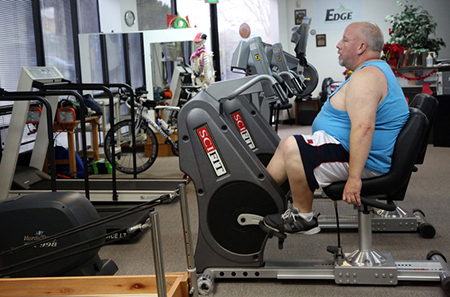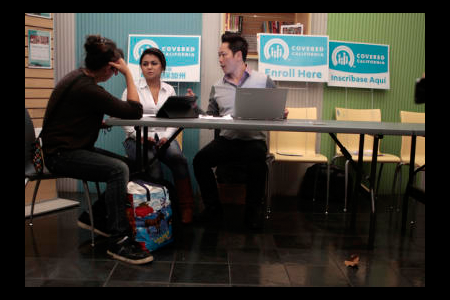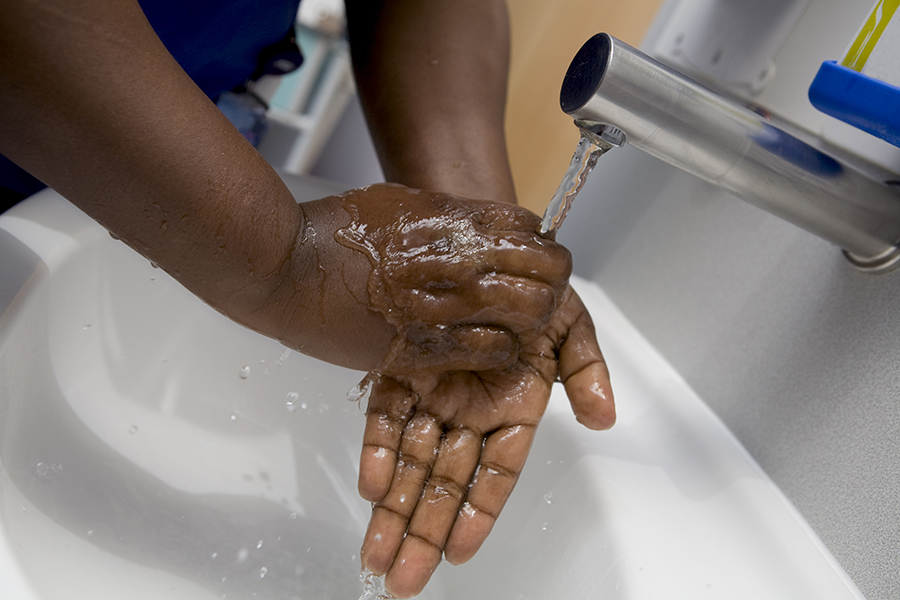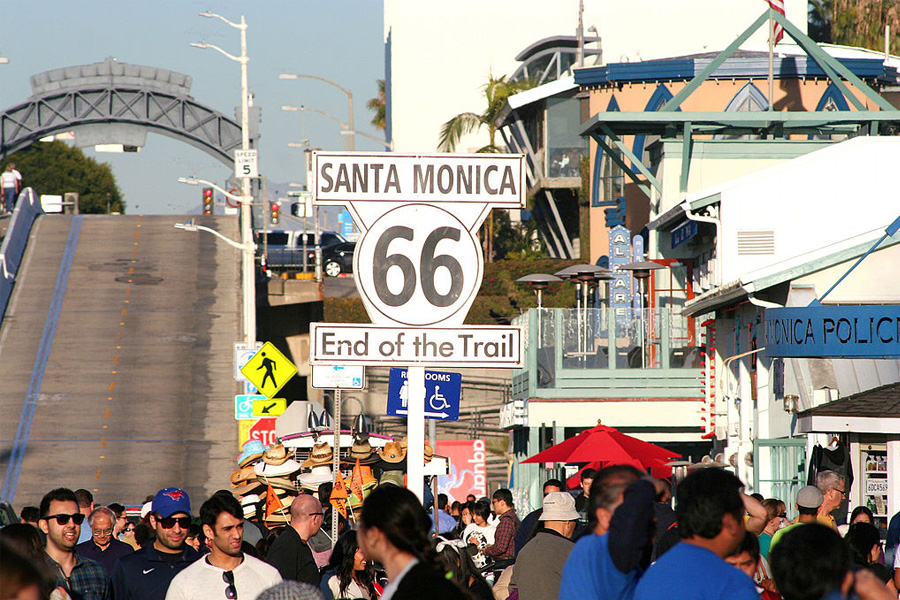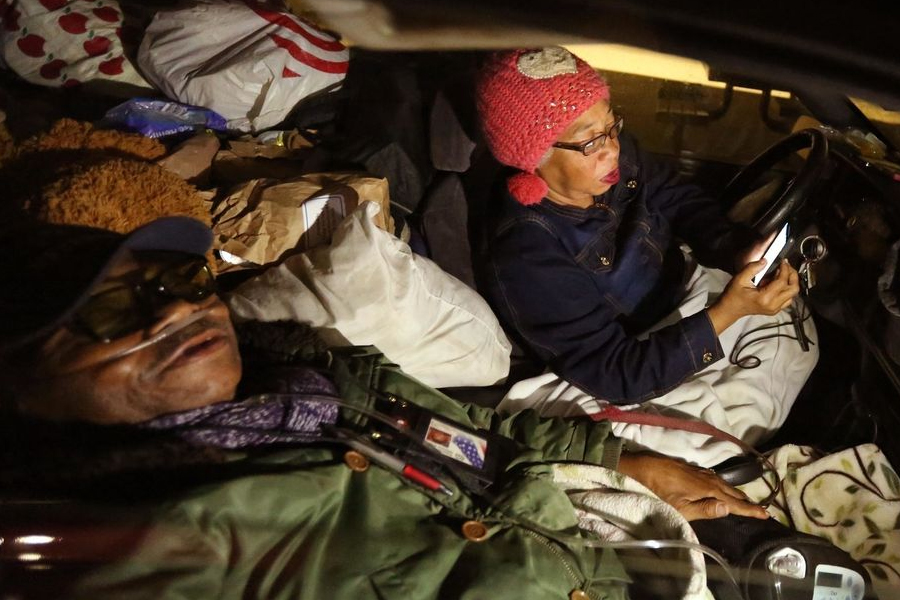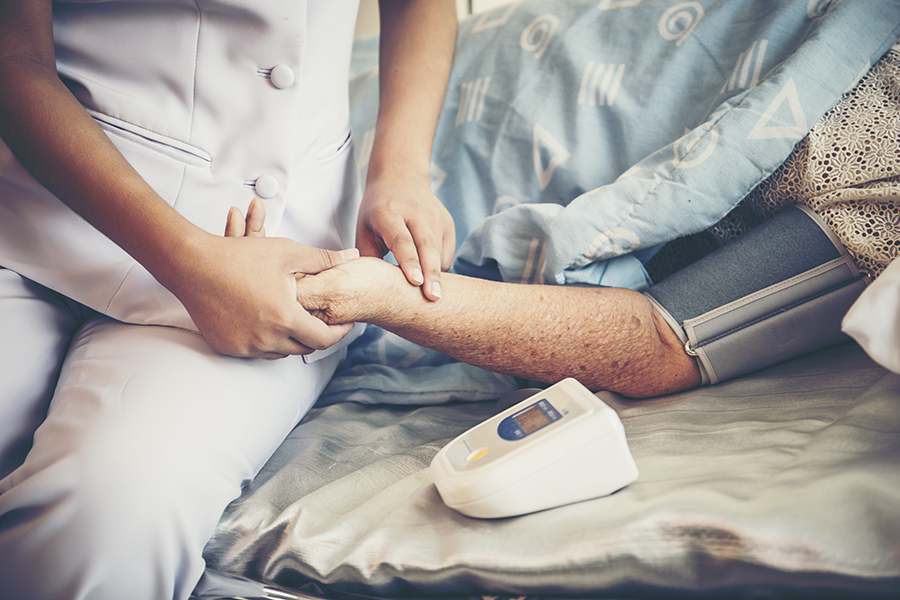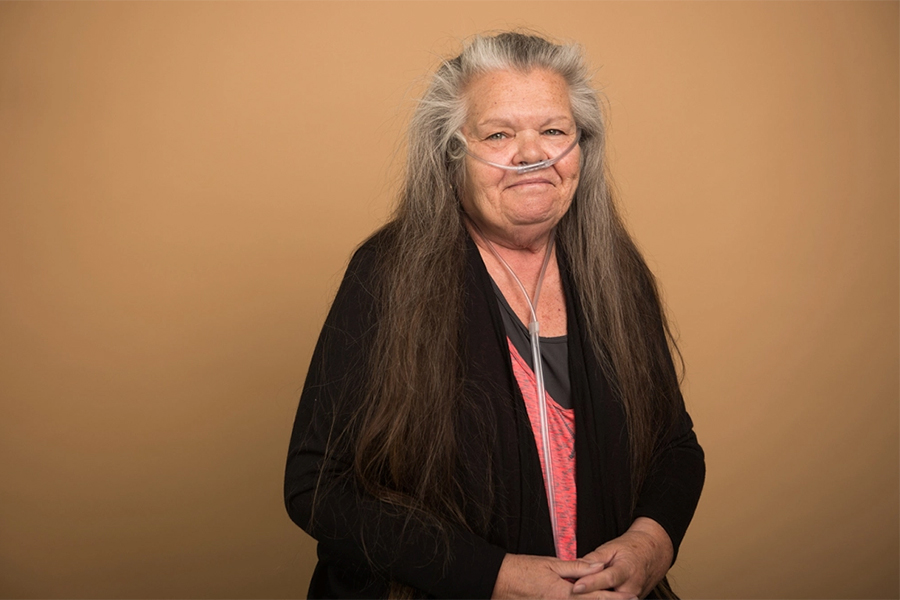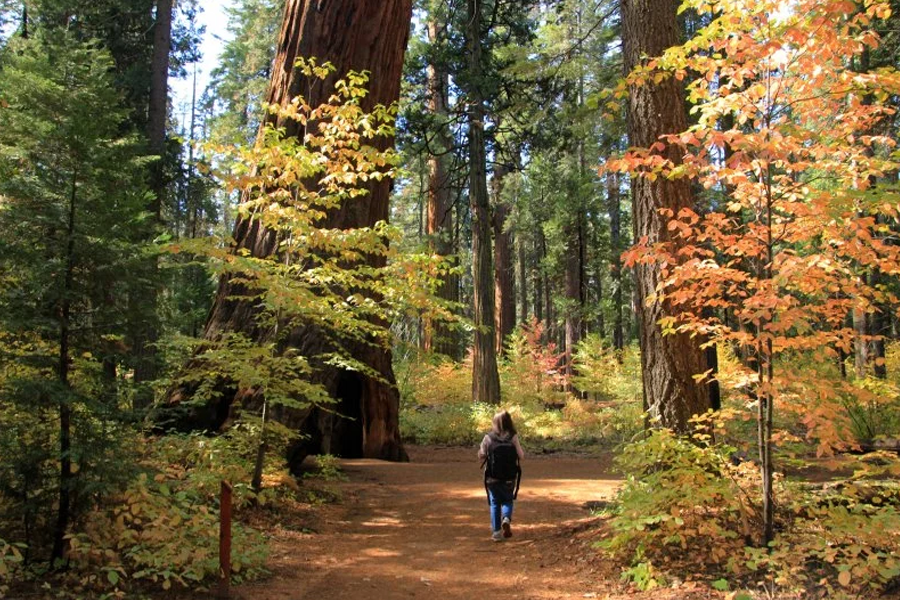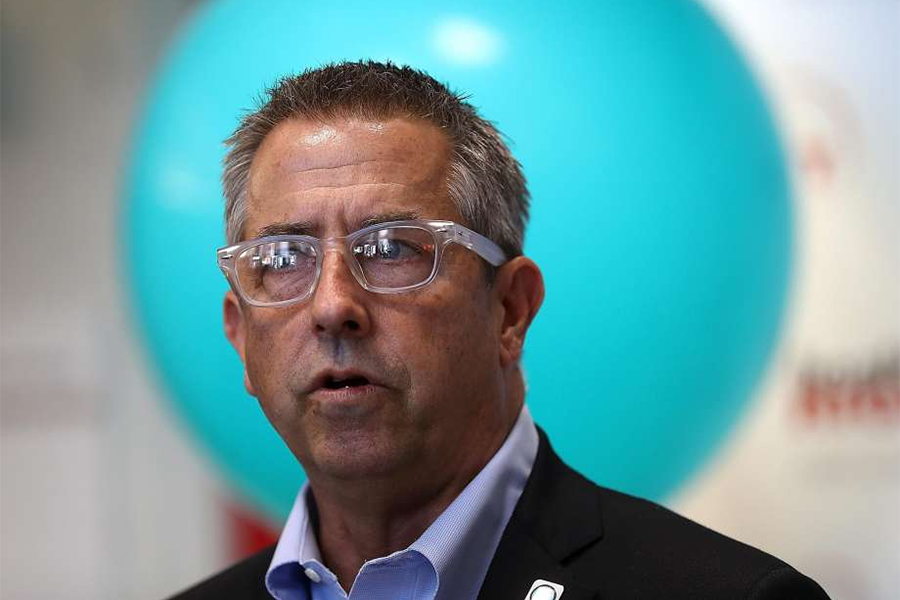This Kaiser Health News story was produced in collaboration with the Orange County Register
LOS ANGELES – For most of Teresa Martinez’s life, buying health insurance has been out of the question. She works at a Koreatown hair salon, earning about $10 per cut – not nearly enough to afford private coverage.
With a long list of ailments including dizziness, blurry vision and leg pain, she eagerly applied last year for a county program that would cover her for free until Obamacare set in.
“I thought at long last, I would be able to go to the doctor and get what I need,” said Martinez, 62, who lives in East Los Angeles. “I was so excited. But that was short lived.”
Without any explanation, Martinez received a denial letter from the Healthy Way Los Angeles, a temporary coverage program for low-income people. Later she applied for Medicaid –known as Medi-Cal in California — which was expanded under the Affordable Care Act to include people like Martinez without dependent children.
But a health clinic worker told her she may have to wait months for approval – and to hold off on appointments until she has her official card.
Nearly 2 million Californians have gained coverage with the expansion of the Medi-Cal program for poor and disabled people, including those who transitioned from temporary programs like Healthy Way LA.
But roughly 800,000 more applications are pending from people presumed to be eligible for the program. While hospitals are required to accept patients with emergencies, private doctors, health clinics, pharmacies and specialists have discretion over whether to treat patients for non-urgent health needs while they await acceptance into the program.
“If they don’t have final determination of their eligibility, they are probably not able to get care,” said Catherine Teare, senior program officer at the California HealthCare Foundation. That can be frustrating for people who, like Martinez, have long put off for treatment for lack of coverage.
The state has 45 days to process the Medi-Cal applications but it often takes longer and the waiting period varies — sometimes widely — by county. Medi-Cal will pay providers retroactively for care provided to eligible candidates during the waiting period.
The sheer volume of applications is slowing the process, said Norman Williams, spokesman for the California Department of Health Care Services. Adding to the delays are new requirements on verifying income, and the number of incomplete or duplicate applications.
“It is just a big number that has a lot of moving parts,” he said. “We are working very quickly and very diligently to get these people into coverage.”
The delays in confirming eligibility aren’t unique to California. “In practically every state, there are backlogs,” said Matt Salo, executive director of the National Association of Medicaid Directors.
The number of Medicaid applicants nationwide who are in limbo is unclear, said Judith Solomon, vice president for health policy at the Center on Budget and Policy Priorities. Solomon ascribed much of the problem to inadequacies in technology. Many of the uninsured are seeking coverage through subsidized insurance marketplace websites. When they are deemed eligible for free coverage under Medicaid, their information is not always transferred seamlessly.
The system still is playing “catchup,” Solomon said.
Living ‘Day to Day’
At Chela’s Hair Fashions in Koreatown, customers trickle in, some from the neighborhood and others from across town. Friendly and upbeat, Martinez chats with them, affectionately calling them, “mi hija, mi hijo” — my daughter, my son.
After giving the owner a commission, Martinez said she earns just enough to pay her bills – about $10,000 a year. She relies on her boyfriend to pay the rent on their apartment. “I live day to day,” she said.
Originally from Mexico, Martinez said that she fled an abusive husband when she was 17 and crossed the border with a false identification. She became a U.S. citizen under the 1986 amnesty law and learned English while working — as a babysitter, a waitress, a receptionist and eventually a hair stylist. She briefly had insurance while working for a bank.











